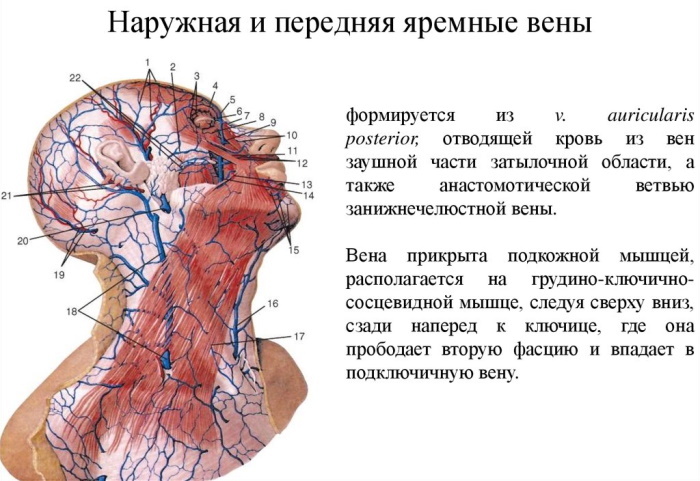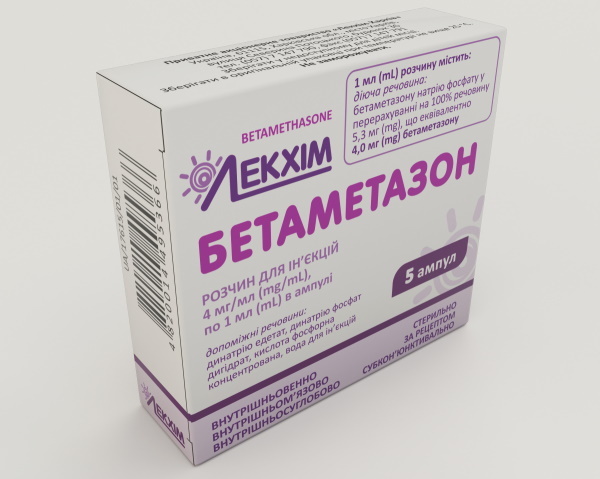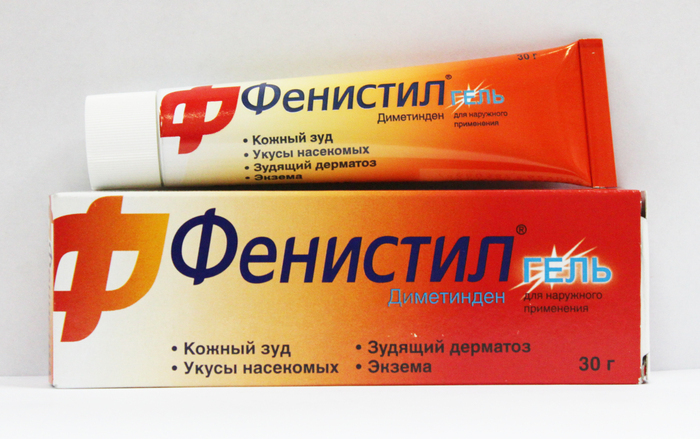Content
- Characteristics and properties
- Water and electrolyte balance is normal
- Rejection symptoms
- Reasons for rejection
- Renal failure
- Hyperkalemia
- Hypokalemia
- Hypernatremia
- Hyponatremia
- Increased chloride levels
- Critically low chloride concentration
- Hypercalcemia
- Hypocalcemia
- How is it determined
- How to recover
- Orsol
- Regidron
- Video about water and electrolyte balance
The water and electrolyte balance of a person is a set of physiological processes of consumption, absorption, uniform distribution, removal of water and salts from the body. It ensures the maintenance of a stable osmotic pressure, the ratio between acidic and alkaline substances, ionic components. Water concentration in the tissues of a healthy person is at the level of 60% of the total body weight.
Depending on the factors of the climatic zone, living conditions, the need for life-giving moisture for each organism ranges from 30 to 45 g per 1 kg of weight. On average, this is 2.1 to 3.1 liters, which should be consumed within 24 hours along with drinks and liquid meals.
Characteristics and properties
The water and electrolyte balance is maintained by the internal organs and life support systems of the human body through the following cyclic processes:
- Regular consumption of clean drinking water.
- Endogenous water formation during metabolism.
- Eating solid and liquid foods with different percentages of moisture.
- The natural process of the outflow of water from the body during sweating, metabolism, bowel movements and urination.
There is a direct pattern that the percentage of fluid intake is equal to the daily urine output of a person. The mass fraction of water that comes with food corresponds to the loss of moisture during active perspiration and its evaporation from the mucous membranes. The human body is designed in such a way that all the liquid in it is evenly redistributed between extracellular as well as intracellular areas.
Water-electrolyte balance is the formed ratio of liquid and mineral substances that entered the tissues along with food and drinks.
It is a physiological process that performs the following functions:
- maintains the stability of intracellular metabolism;
- regulates blood pressure indicators;
- allows blood to flow freely through the vascular system, preventing the formation of blood clots;
- ensures stable functioning of the kidneys and heart muscle;
- maintains a sufficient level of physiological activity of internal organs;
- stabilizes the functions of the central and peripheral nervous system.
All processes in the human body, which at first glance seem mundane, are possible only if the water-electrolyte balance is maintained. The loss of a large amount of fluid, the excretion of sodium, potassium, magnesium salts, or their excessive concentration in the tissues, causes an imbalance of water and mineral ions. The work of internal organs is disrupted, the functional activity of skeletal muscles decreases, the central and peripheral nervous system begins to work incorrectly. A person completely loses the ability to exercise control over his body.
Water and electrolyte balance is normal
The water-electrolyte balance is the ratio of the concentration between the consumed liquid, mineral components and the process of natural moisture loss. The table below shows the indicators of the norm of water and salt ions for the body of a healthy person, regardless of his gender and age category. Determination of the physiologically normal level of water and electrolyte balance depends on the total body weight of a person.
| Total amount of water | Intracellular fluid | Transcellular fluid | Extracellular fluid |
| From 60 to 70% of the total human body weight is water. This indicator slightly changes depending on the weather conditions in which the person lives, the constitution of his body, the type of work. | Takes up from 40 to 45% of a person's weight. | The definition of transcellular fluid means the following biologically active substances of the human body:
The transcellular fluid accounts for 1 to 3% of the total body weight of a person. |
The rate of this indicator of the water-electrolyte balance is as follows:
In medical practice, the extracellular fluid, by definition and characteristics, is equated to the vascular fluid. |
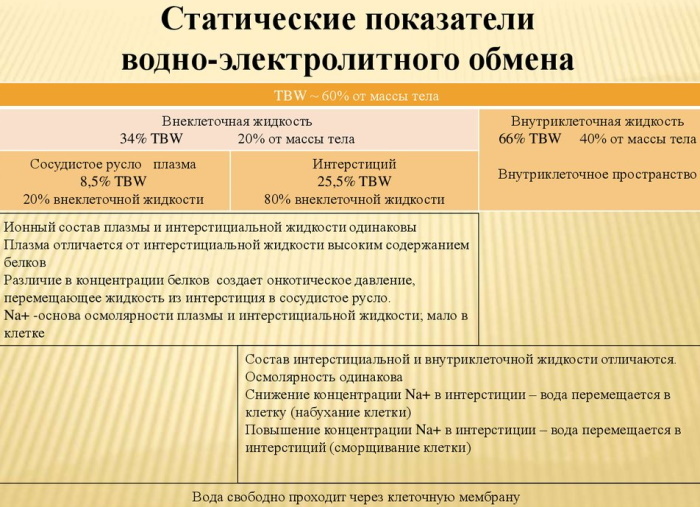
The norms of water and electrolyte balance in the human body are determined not only by the ratio of the liquid, but also by the concentration of mineral salts. These standards are shown in the table below.
| Chemical name | Normal concentration in the intracellular space (meq per 1 l) | The indicator of the norm in the composition of the vascular fluid (meq per 1 l) |
| Sodium | 10 | 142 |
| Phosphate PO4 | 75 | 2 |
| Potassium | 140 | 4 |
| Bicarbonate | 10 | 24 |
| Calcium | less than 1 | 5 |
| Chlorine | 4 | 102 |
| Magnesium | 50 | 2 |
The normal concentration of protein in the composition of the vascular fluid, while maintaining a stable water-electrolyte balance, is within 16 meq / l. In the intracellular fluid, the protein index should be at the level of 38.4 meq / l.
Rejection symptoms
Water and electrolyte balance is a stable ratio of the consumed liquid and mineral components that enter the human body along with drinks and food.

Lack of water or acute deficiency of salts of the above chemical elements cause the following symptoms:
- drying out of the oral mucosa, the normal state of which is not restored after abundant wetting with saliva;
- a decrease in daily urine output or a complete cessation of the outflow of urine due to severe dehydration of the body;
- attacks of severe headache;
- impaired coordination of movements;
- an increase in the general body temperature in a room where a comfortable air temperature prevails (according to the results preliminary examination of a person, signs of an inflammatory or infectious process are not are found);
- the formation of dark or bluish circles under the eyes, the appearance of which is accompanied by tissue swelling;
- a state of drowsiness;
- quick fatigue after performing simple actions that do not involve high energy costs;
- weakness of skeletal muscles;
- dizziness;
- light-headedness, or complete loss of consciousness;
- a decrease or increase in the level of blood pressure, depending on which salts of minerals were lost as a result of a violation of the water-electrolyte balance;
- nausea and lack of appetite;
- constipation;
- dysfunctional disorders of the cardiovascular system;
- a pronounced decrease in the performance of the kidneys;
- the formation of edema in the area of individual sections of the musculoskeletal system or inside the abdominal cavity.
The appearance of the latter symptom is typical for people in whom the deviation of the norm of water and electrolyte balance is not associated with a deficiency of fluid or minerals, and with a violation of the physiological process to remove excess fluid from the body. Similar conditions develop in people with chronic kidney and cardiovascular disease.
Reasons for rejection
Water and electrolyte balance is the result of a person's drinking regime and the enrichment of his daily diet with minerals. There are pathological conditions of the body and severe diseases of internal organs that cause imbalance of fluid and electrolytes.
Renal failure
The acute form of renal failure is a dangerous disease of the human excretory system, which is manifested by dysfunction of this organ. Metabolic products, toxins and chemicals accumulated in the blood are not filtered by the kidneys. There is a fluid retention in the tissues of the skeletal muscles and internal organs. This leads to intoxication of the body.
Acute renal failure can develop under the influence of the following causative factors:
- poisoning with biological poisons and carcinogenic substances;
- chronic alcoholism, drug addiction;
- hereditary predisposition;
- chronic inflammation of the kidneys that has not been eliminated with medication;
- the consequences of extensive destruction of blood cells;
- complications arising from diabetes mellitus;
- congenital malformations of the anatomical structure of the kidneys;
- loss of large volumes of blood;
- blockage of the ureters with stones;
- unauthorized administration of drugs with nephrotoxic properties.
In medical practice, there are occasional cases when a violation of the water-electrolyte balance occurs against the background of pregnancy. A woman's kidneys cannot cope with the additional burden associated with supporting the life of the developing fetus.
Hyperkalemia
A pathological condition of the human body, which occurs due to an increase in the level of potassium in the blood. This is the result of a violation of the water-electrolyte balance with an increase in the concentration of ions of this mineral.
Hyperkalemia develops in people who suffer from the following diseases of the body:
- total destruction of the structure of most blood cells against the background of intoxication of the body or septic shock caused by a bacterial infection;
- prolonged fasting, which led to severe depletion of the body;
- congenital and acquired kidney diseases associated with impaired excretory function;
- dehydration of the body;
- consequences of multiple and deep injuries of skeletal muscles, internal organs, soft tissues and various parts of the musculoskeletal system;
- burns of large areas of the body (damage to the skin can be thermal, electrical, chemical or radiation).

Hyperkalemia reduces the patient's quality of life, and can also lead to death. Most of the above pathologies, provoking a violation of the water-electrolyte balance in the direction of the accumulation of potassium ions, disrupt the work of one or several internal organs at once.
Hypokalemia
The state of hypokalemia is a change in the biochemical composition of the blood towards a decrease in the level of potassium ions.
This violation of the water-electrolyte balance occurs under the influence of the following reasons:
- abuse of dietary norms or the scarcity of the daily diet, when a person's food does not have a sufficient amount of potassium;
- cystic fibrosis;
- loss of salts of this chemical element along with gastric juice (for example, during prolonged vomiting or diarrhea);
- complications caused by inflammatory kidney damage;
- hyperfunction of the adrenal cortex, when this organ of the endocrine system produces an excessive amount of hormones;
- side effects after taking large doses of cortisone-based medications.
Symptoms of hypokalemia are less life-threatening. The patient constantly feels physical weakness, headache, coordination of movements is impaired. Replenishment of the deficiency of potassium ions allows you to normalize the water-electrolyte balance within a short period of time.
Hypernatremia
One of the forms of imbalance in water and electrolyte balance is hypernatremia. A pathological condition of the body, which is characterized by an increase in the level of sodium in the blood.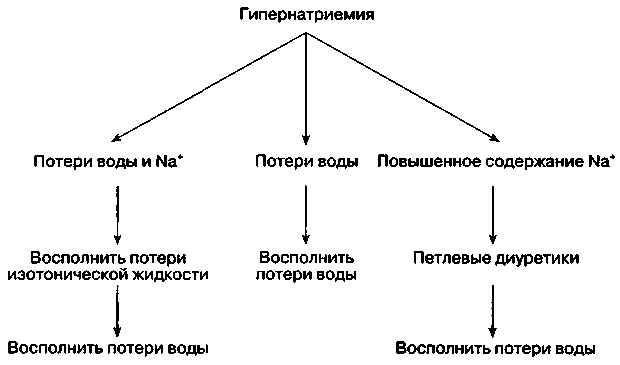
Hypernatremia develops under the influence of the following factors:
- increased functional activity of the adrenal cortex;
- chronic diarrhea and prolonged vomiting;
- active urination in patients with diabetes insipidus;
- prolonged loss of large volumes of extracellular fluid (along with profuse sweat);
- tumor neoplasms in the tissues of the hypothalamus, which cause a violation of its function to regulate the processes of water-salt metabolism in the body.
Hypernatremia is often diagnosed in seriously ill bedridden patients who are in a coma. The tissues of all internal organs are affected by high sodium levels in the blood.
Hyponatremia
Violation of the water-electrolyte balance in the form of hyponatremia is caused by a decrease in the level of sodium ions to a critically low level.
This form of imbalance in the ratio of liquid to mineral salts is caused by the following factors:
- abuse of medicines with diuretic properties;
- dysfunctional disorders in the adrenal glands;
- complications of diabetes mellitus;
- chronic kidney disease;
- progressive cirrhosis of the liver;
- heart failure with a chronic form of the course;
- fluid retention in the body due to a decrease in the performance of the kidneys.
In most clinical cases, hyponatremia is a complication of existing diseases of the body with a latent or chronic form of the course. Normalization of this indicator of water and electrolyte balance is possible only after recovery from the underlying ailment.
Increased chloride levels
Water and electrolyte balance is the result of adhering to the drinking regime, obtaining high-quality nutrition and maintaining the health of internal organs.
An increase in the level of chlorides in the blood occurs for the following reasons:
- dehydration of the body;
- acute form of renal failure;
- intoxication with drugs from the salicylate group;
- hyperfunction of the adrenal glands in the synthesis of hormonal substances;
- the consequences of diabetes insipidus.
This form of imbalance in water and electrolyte balance is much less common than cases of hyperkalemia or a decrease in the level of sodium in the blood.
Critically low chloride concentration
An imbalance in the ratio of fluid and minerals in the body can be represented as a deficiency of chlorides.
A similar state of the body is caused by the following factors:
- active sweating in conditions of violation of the drinking regime;
- prolonged vomiting;
- fluid retention in the body;
- gastric lavage in patients with signs of poisoning.
An increase in the level of chlorides in the patient's blood allows restoring the disturbed water-electrolyte balance with a minimum risk of complications.
Hypercalcemia
An imbalance in the percentage ratio between the volume of fluid in the tissues and the level of calcium salts is called hypercalcemia.
This pathological condition of the body is caused by the following reasons:
- severe form of dehydration, when the processes of calcium dissolution are suspended;
- malignant neoplasms in the structure of bones with the spread of metastases;
- sarcoidosis of certain parts of the skeleton;
- excessive intake of vitamin D;
- increasing the functional activity of the tissues of the parathyroid gland.
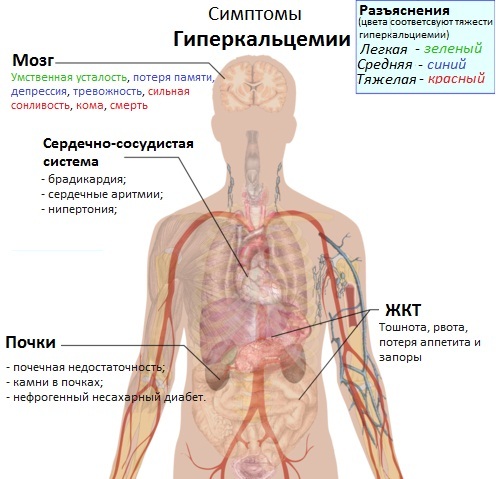
Violation of the water-electrolyte balance of this form of manifestation is dangerous because, against the background of an excess of calcium in blood, there is a risk of thrombosis, concomitant heart disease, damage to the excretory organs systems.
Hypocalcemia
A decrease in calcium salts in the human body to a critical level is caused by the following factors:
- diseases of the thyroid gland, which reduce the function of this organ for the production of thyroid hormones;
- chronic renal failure;
- acute lack of magnesium and vitamin D;
- state of hypoalbunemia.
Violation of the water-electrolyte balance in the direction of lowering the level of calcium in the blood is dangerously negative consequences for the musculoskeletal and jaw apparatus of a person. Removal of this mineral from the body leads to osteoporosis.
How is it determined
The indicator of water and electrolyte balance is determined by biochemical analysis. The subject of the study is the patient's venous blood. For this diagnosis, about 10 ml of biological material is enough. Biochemical analysis is performed in private clinics and public hospitals. The results of the examination are known within 2-3 days after donating blood. In medical institutions with a private form of ownership, the cost of this analysis is 1220 rubles.
Patients with signs of imbalance in fluid and electrolytes are also prescribed to donate urine and peripheral blood from a bundle of a finger. The latest tests are carried out to obtain general data on the patient's health, determine the level of sugar in the blood, dysfunctional disorders of the kidneys. In case of detection of concomitant diseases of the body, a hardware examination is prescribed, aimed at establishing the causes of water-electrolyte imbalance. For this, ultrasound, MRI, CT diagnostics are used.
How to recover
To restore the disturbed water-electrolyte balance, drugs are used, the properties of which are aimed at rapid rehydration of the body.
Orsol
The drug Orsol contains 13.4 g of glucose, 2.6 g of sodium chloride, 1.5 g of potassium chloride salts, ions in the form of 2.9 g of sodium citrate. The concentration of these chemicals is contained in 1 liter of the rehydration agent.
Restoring the balance of water and electrolytes with the help of Orsol medication requires adherence to the following rules of the instruction:
- For children and adults, drink Orsol solution every 4 hours, 50-100 ml on the basis that this amount of the drug will fall on 1 kg of the patient's body weight.
- Patients over 3 years of age and adults should take another 200 ml of restorative every 60 minutes. after the next defecation with loose stools or the release of vomit.
The duration of compliance with the drinking regimen by taking this drug is determined by the attending physician, under whose supervision the patient is.
Regidron
Rehabilitation therapy with Regidron is carried out according to a similar principle.
To normalize the water-electrolyte balance, you must perform the following steps:
- Dissolve 1 sachet of the drug Regidron in 1 liter of boiled and chilled water.
- Thoroughly chop the liquid until the powder is completely dissolved.
- Take the prepared solution every hour, 200 ml.
The duration of therapy with Rehydron should be determined by the doctor depending on the severity of the patient's dehydration, test results and his general condition. The average cost of this medication is 334 rubles. for 20 sachets.
The water and electrolyte balance of a person is the result of several physiological processes associated with ensuring the vital activity of the whole organism. Prolonged dehydration, unbalanced nutrition, dangerous diseases of internal organs cause a violation of the percentage of water and mineral salts. As a result of this pathological process, a person is faced with severe symptoms in the form of education multiple soft tissue edema, dizziness, loss of consciousness, physical weakness and dysfunction Central nervous system.
Video about water and electrolyte balance
Pathophysiology of violations of water-electrolyte balance:

